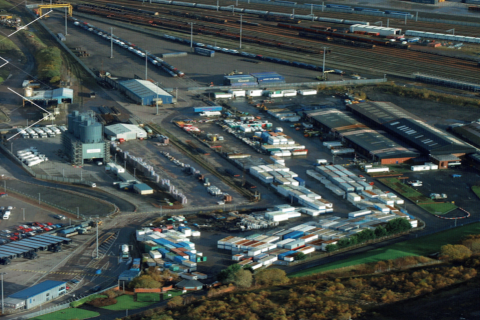New rail freight service on the Italian Adriatic coast

GTS Logistics, an Italian intermodal and logistics company with headquarters in Bari, is launching a new rail freight service to link Brindisi, in south-east Italy, with Bologna, in the north of the country. The train will also stop in Jesi, on the east coast. The route will be inaugurated on Monday, 26 September.
As the company told ANSA, this new route will provide companies in the southern and central Italian regions with faster connections to northern Europe. When it comes to transportation within the Italian borders, the service offers a valid alternative to road transportation, which has been the preferred solution so far in the area.
More rail connections, fewer trucks on the road
This service will offer further connections to the Netherlands, Belgium, the United Kingdom, and Ireland in the North, and to Greece, Turkey, and Albania in the South. GTS Logistics expects to remove from the roads over 8,000 trucks every year.
The service on the Brindisi-Jesi section was already in place and will be extended to two weekly roundtrips, Tuesdays and Thursdays. For the new Jesi-Bologna line, there will be one weekly rotation, with departures from Jesi on Fridays and from Bologna on Saturdays. Each train will be loaded with 1,000 tonnes of cargo, mainly products from the wood, plastic, paper, and food industries.
GTS’ services: door2door and terminal to terminal
Because GTS owns 2,700 containers, it is able to offer a door-to-door service. The available containers are 45 or 30 feet. The door-to-door service, therefore, allows GTS to take care of the whole transportation process with dedicated transport units for specific types of goods, and trucks and chassis for punctual collections and deliveries. If customers own their transport units, they can still use the GTS terminal to terminal service, with which the company provides their rail network.
Also read:
- Arcese shifts from road to rail with newest convoy in Italy
- Relaunching of rail steel transport confirms modal shift in port of Genoa
You just read one of our premium articles free of charge
Want full access? Take advantage of our exclusive offer




